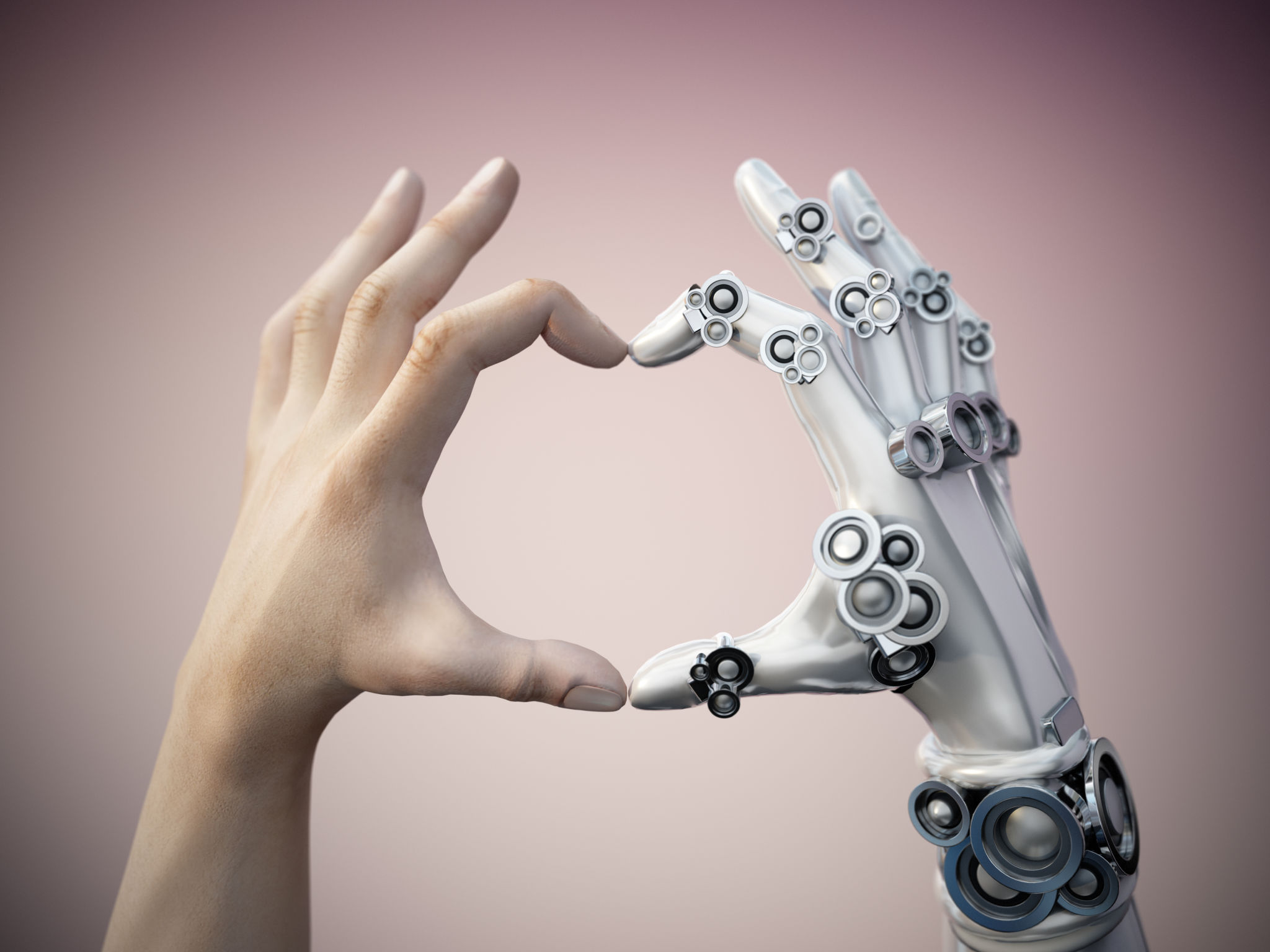5 Common Misconceptions About Robotics Automation Debunked
Understanding Robotics Automation
Robotics automation is revolutionizing industries across the globe, but it’s also surrounded by various myths and misconceptions. These misunderstandings can create unnecessary fear and resistance to adopting this transformative technology. In this post, we'll explore and debunk five common misconceptions about robotics automation.

Misconception #1: Robots Will Replace All Human Jobs
One of the most prevalent myths is that robots will completely take over human jobs, leading to mass unemployment. While it's true that automation can perform repetitive tasks more efficiently, it also creates new opportunities for skilled labor. Humans are needed for complex decision-making, creativity, and emotional intelligence, which robots cannot replicate.
In fact, many companies report that robotics automation allows them to reallocate human resources to more strategic roles, enhancing productivity and job satisfaction. Rather than eliminating jobs, robots are changing the nature of work.
Misconception #2: Robotics Automation Is Only for Large Corporations
Another common belief is that only large corporations with vast resources can afford robotics automation. However, technological advancements have made automation solutions more accessible and affordable for small and medium-sized enterprises (SMEs) as well. Robotics-as-a-Service (RaaS) models allow businesses to implement automation without large upfront investments.

SMEs can leverage automation to stay competitive, improve efficiency, and reduce operational costs, showcasing that the benefits of robotics are not limited to industry giants.
Misconception #3: Robots Lack Flexibility
There's a misconception that robots are rigid and inflexible, unable to adapt to changing production needs. Modern robotics systems are highly adaptable and can be programmed to perform a variety of tasks. With advancements in artificial intelligence and machine learning, robots are becoming more capable of learning from their environment and improving their performance over time.
This flexibility allows businesses to respond quickly to market changes and customer demands, making automation a valuable asset in dynamic industries.

Misconception #4: Robotics Automation Is Unsafe
Safety concerns are often raised when discussing robotics automation. People worry that robots might pose risks to human workers. In reality, modern robotic systems are designed with safety as a priority. Collaborative robots, or cobots, can work alongside humans safely, equipped with sensors and technology to prevent accidents.
Regulations and standards ensure that automated systems are implemented safely, protecting both workers and equipment. When properly integrated, robotics can enhance workplace safety by taking over dangerous tasks.
Misconception #5: Automation Leads to Lower Quality
Some argue that automating processes might compromise product quality due to a lack of human oversight. On the contrary, automation can enhance quality by reducing human error and ensuring consistency. Robots perform tasks with precision and repeatability, leading to higher-quality outputs.
Quality control processes can also be automated, providing real-time monitoring and feedback. This ensures products meet strict quality standards while freeing up human workers for more complex quality assurance tasks.
In conclusion, understanding the realities of robotics automation is crucial in embracing its potential. By debunking these misconceptions, businesses can make informed decisions about integrating technology into their operations for a more productive future.
